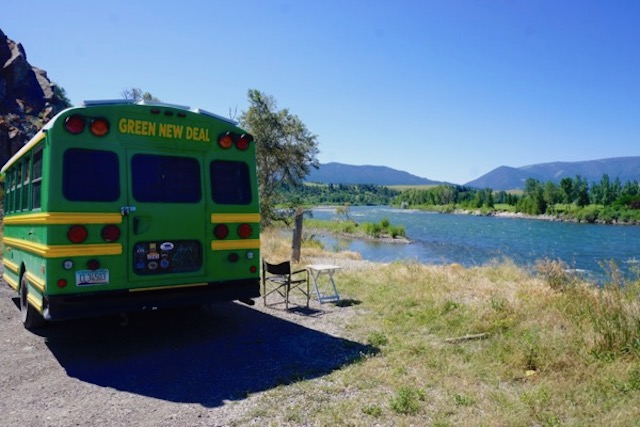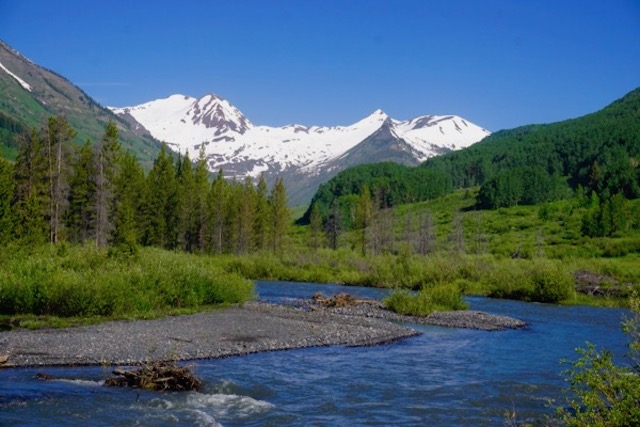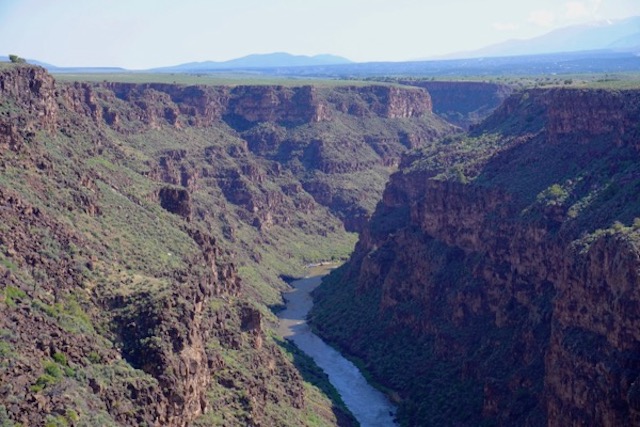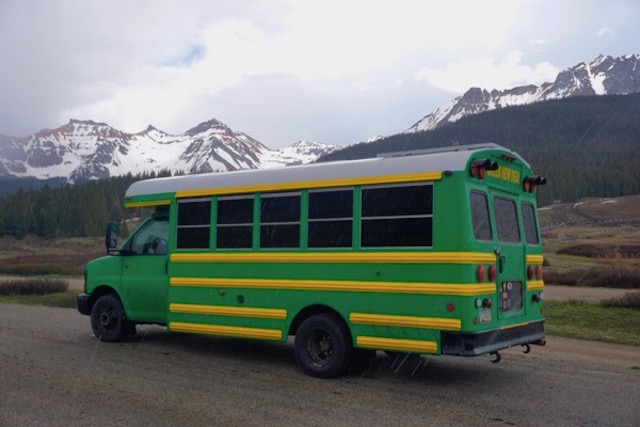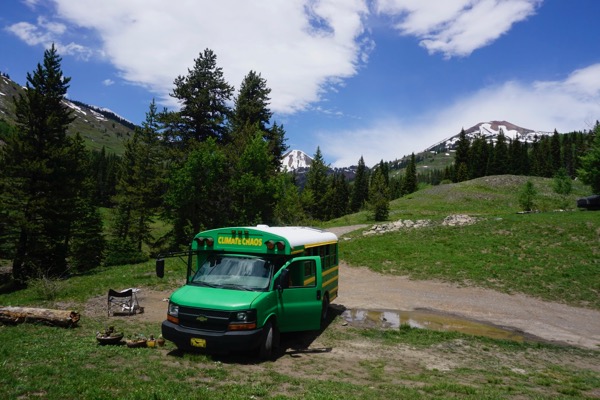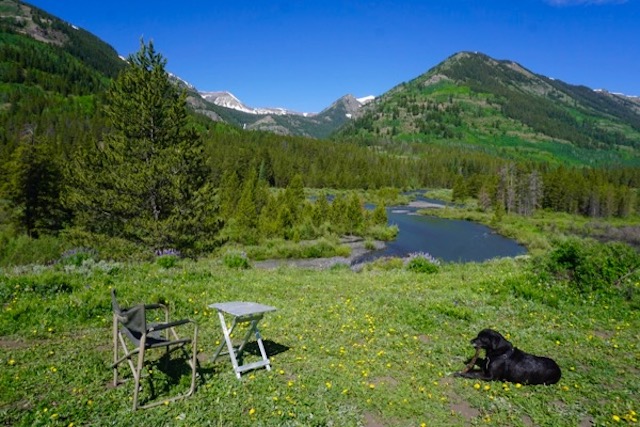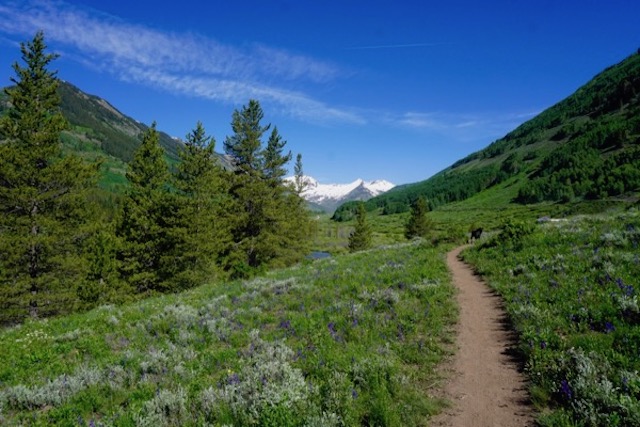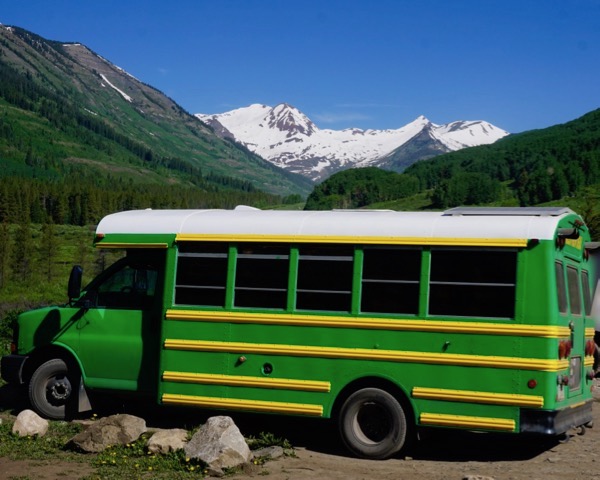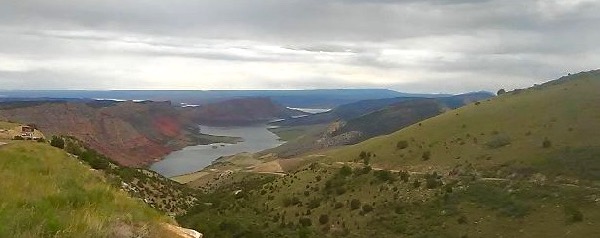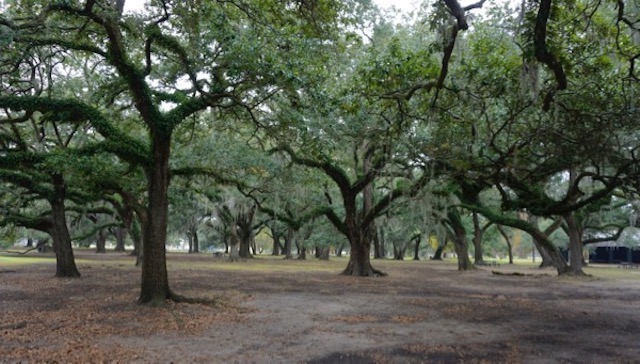DEP Must Adopt Stricter Water Quality Protections
But DEP Hasn’t Even Restored Christie Rollbacks Yet
A Modest Action Agenda
[Update below]
NJ’s largest recreational lake, Lake Hopatcong – among several others – is closed due to a toxic algae bloom, see:
The algae bloom is caused by a combination of climate change, excessive nutrient & sediment pollution loads, and failed DEP regulatory policies.
DEP lacks adequate regulations governing land use, development, stormwater, water quality, septic systems, agriculture, and forestry.
Worse, DEP lacks any strategy, comprehensive plan, or enforceable regulations to address climate change, that we know will impact water resources (i.e. DEP rules mandating greenhouse gas emissions reductions or methods to adapt to climate change).
The Christie DEP not only denied climate change, but actually rolled back DEP regulations that were designed to protect water quality, including Highlands septic density, stormwater management, flood hazard, and stream buffer protections.
After the Legislature vetoed the Christie DEP septic density rollback, the Murphy DEP effectively revoked that already invalidated rule, but has yet to address other significant Christie DEP rollbacks.
Before we get the lame attempts at suggesting weak “reforms” (e.g. stormwater utilities) from the usual lame suspects (e.g. Highlands Coalition), we thought we’d lay out a serious reform package.
So, here’s a short to do list for DEP to respond to the current crisis and prevent or reduce the likelihood of future disasters.
1. “Benchmark” other State Lake Management – Water Quality Programs
One of the strongest lake water quality management programs in the country is Lake Tahoe.
NY DEC is also planning major new regulatory protections for Lake George.
DEP should review these models and adopt the strictest water quality and land use standards out there.
2. Restore and Fund DEP’s Lakes Management Program
DEP used to have a stand alone Lakes Management Program that provided a priority focus on lakes. The program monitored water quality, provided science to support DEP planning and regulatory programs, and provided funding for water quality controls.
That program was basically eliminated and folded into the voluntary Watershed Planning Program.
DEP needs to restore and fund that program.
3. Impose a Moratorium On Logging
DEP is currently conducting several logging projects in NJ forests, including Highlands forests.
Despite the fact that logging has significant negative environmental impacts, logging projects are not subject to DEP regulations governing freshwater wetlands, stream buffers, stormwater, Flood Hazard Act and Highlands Act protections (e.g. steep slopes, vernal ponds, buffers, et al).
DEP must close those loopholes.
For example, NY State DEC is planning to adopt stricter regulations to protect Lake George water quality. The first time on the list of new regulations is logging:
- Regs already require conservation plans, but approved by outside parties.
- New regulation will require LGPC or delegated municipality to approve logging plans before activity occurs
- Logging regulations not well understood or followed: Enforcement more common than compliance
- Maintain existing standards, achieve improved results: Less violations, better practices on the land
DEP should impose a moratorium on all proposed and current logging projects until new rules are in place to protect water quality and address climate change.
4. Restore and Expand Stream Buffer Protections
Vegetated lands adjacent to streams, i.e. “stream buffers”, reduce the volume of and filter stormwater runoff, protect water quality, reduce flooding, and provide excellent habitat for wildlife.
The Christie DEP weakened existing protections of those buffers, by reducing the width where disturbance and development were prohibited from 300 o 150 feet, and by making a series of complex technical regulatory changes that served to protect water quality.
DEP must repeal those Christie DEP rollbacks and expand and strengthen stream buffer protections (as well as related protections for vernal pools and steep slopes.)
5. Repeal and Strengthen Stormwater Management regulations
The Christie DEP rolled back existing stormwater management rules.
The Murphy DEP, instead of repealing and strengthening those rollbacks, recently adopted new stormwater management rules that further weaken protections.
This must be reversed.
6. Repeal and Strengthen Flood Hazard Act Regulatory Protections
The Christie DEP rolled back existing Flood Hazard Act “stream encroachment” regulatory protections.
The Murphy DEP must repeal those rollbacks and strengthen current requirements.
7. Enforce “Total maximum Daily Load” Requirements
Under the Clean Water Act, when a waterbody fails to meet water quality standards, it is legally considered “impaired” and must undergo additional stricter requirements under a cleanup plan known as a “Total Maximum Daily Laod” (TMDL).
A TMDL establishes a science based enforceable numeric pollution diet, including daily limits on pollutant loads, both from point sources and non-point runoff.
DEP has failed miserably in the design, implementation, and enforcement of the TMDL program, particularly at lakes.
On an emergency basis, DEP can revoke and strengthen all the weak Lake TMDL’s, particularly for nutrient and sediment pollution.
8. Mandate Septic Management Districts and Septic Maintenance
A significant source of nutrient pollution in lake watersheds is overdevelopment and failing septic systems.
Septic systems must be properly designed, maintained, and regularly pumped out in order to be effective.
The location of septic systems with respect to proximity to surface waters is also important.
DEP regulates all of the above, but current regulations are far to weak and do not mandate septic pump-out or restrict proximity to streams and wetlands.
DEP can adopt emergency rules to strengthen all these existing weak septic programs.
9. Enforce Regulatory Requirements To Leverage Investments in Environmental Infrastructure
DEP enforcement of land use and water quality regulations is weak, and it has eroded over the last decade, especially after 8 years of the Christie administration.
DEP does not enforce what are known as “narrative water quality standards” or water quality standards for wetlands.
Furthermore, DEP enforcement against public entities is almost non-existent, due to the politics of local control and the concern about increasing local property taxes and/or user fees.
Finally, DEP enforcement is completely divorced from the Environmental Infrastructure Trust Program, which finances improvements.
DEP should integrate enforcement with NJ EIT, in a way that forces investments in necessary water quality infrastructure upgrades.
10. Mandate Consideration of Climate Change In DEP Regulatory Requirements & Local Land Use
Climate change is projected to increase temperature and rainfall frequencies and intensities.
Those projections reveal that current DEP and local land use controls are severely deficient.
Current DEP regulations fail to even consider climate change.
As a first step, DEP can mandate the use of the 500 year design storm as a surrogate for increased storm intensity.
There are many other technical improvements to address climate that are beyond the scope of this brief note.
11. Mandate Water Quality Retrofit Of Existing Development
Existing development is causing the excessive nutrient loads that are driving the toxic algae blooms.
Yet DEP water quality regulations do not apply to existing development.
That must change and retrofit requirements but be mandated.
12. Regulate Agricultural Non-Point Source Pollution
Agriculture is a major source of non-point source water pollution (from application of fertilizers, pesticides, and herbicides and sediment runoff), but is exempt from DEP water quality regulations.
That must change.
This is a serious reform agenda.
We strongly urge the Murphy DEP to act on it and environmental groups and the public to support it.
[Update – I want to provide another example of gross mismanagement by DEP.
DEP adopted a “Lake Hopatcong Water Level Management Plan” back in 2011.
Here is how that plan evaluated water quality issues.
First, on page 10, note that DEP considers water quality solely from the perspective of “high productivity” exclusively in terms of supporting fisheries:
The ability of the lake to support these predators owes to its high productivity resulting in a strong forage base of fish such as alewife. These forage fish have little difficulty adjusting to the water level in the lake as it is raised or lowered. Lake Hopatcong is designated as FW2 Trout-Maintenance in the New Jersey Surface Water Quality Standards (N.J.A.C. 7:9B). This designation means that water quality in the lake is good enough year-round to support trout, though reproduction of trout in the lake does not occur probably due to the lack of suitable substrate.
Second, note that – over the objection of local advisory committee members – DEP limited the plan to “quantity issues only” and eutrophication was not even considered as a water quality issue. Absurdly, DEP claimed there would be no impact on phosphorus concentrations from withdrawing over 1 billion gallons of water!:
Water Quality
Some CAC members questioned whether the effects of a lowered water level in the Lake has water quality or ecological impacts in the Lake. These members requested that studies to be performed to quantify these effects. Readers should understand that the Lake Hopatcong Water Level Management Plan is intended to address quantity issues only.
Lake Hopatcong is currently listed as impaired for pH and Mercury. Mercury is the result of atmospheric deposition and altering the water level will not adversely affect concentrations of Mercury in fish tissue. Similarly, altering the water level will not affect its pH. Lake Hopatcong had previously been listed as impaired for Phosphorus. The Department has prepared a total maximum daily load for Phosphorus and the Lake Hopatcong Commission has prepared and is implementing a water quality restoration plan for the Lake. Reducing the water level in the Lake will not impact Phosphorus loads and concentrations in the Lake.
The exact impact of any water level fluctuation cannot be determined without detailed hydrography and substrate analysis. The biological effects of a lower lake level will depend on the severity, timing and duration of low water events. Shallow water areas are generally important for fish spawning, nursery and refuge. However, in large shallow lakes fluctuations in water level are common and the established community of fish and plants are well adapted. Fish in a lake environment will adjust to short duration changes water level by simply moving with the littoral, or near shore, zone as water levels fluctuate. The same is true of submerged aquatic plants which will grow in areas where light now penetrates to the bottom due to the lower water level.
“Well adapted” to toxic algae?
Shallow water, light, and water temperature has no impact of algae? (is that “high productivity”).
Idiots.

